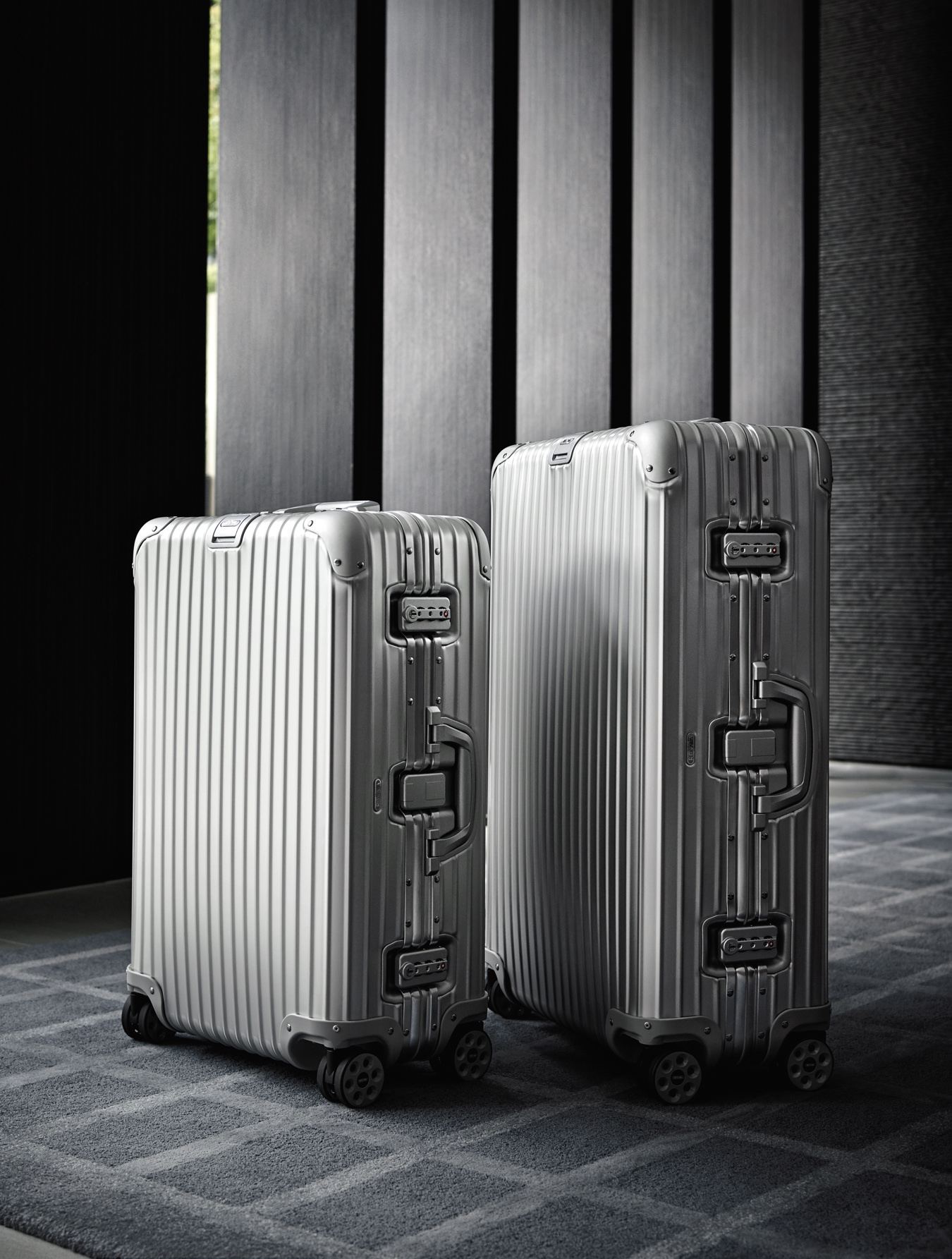-
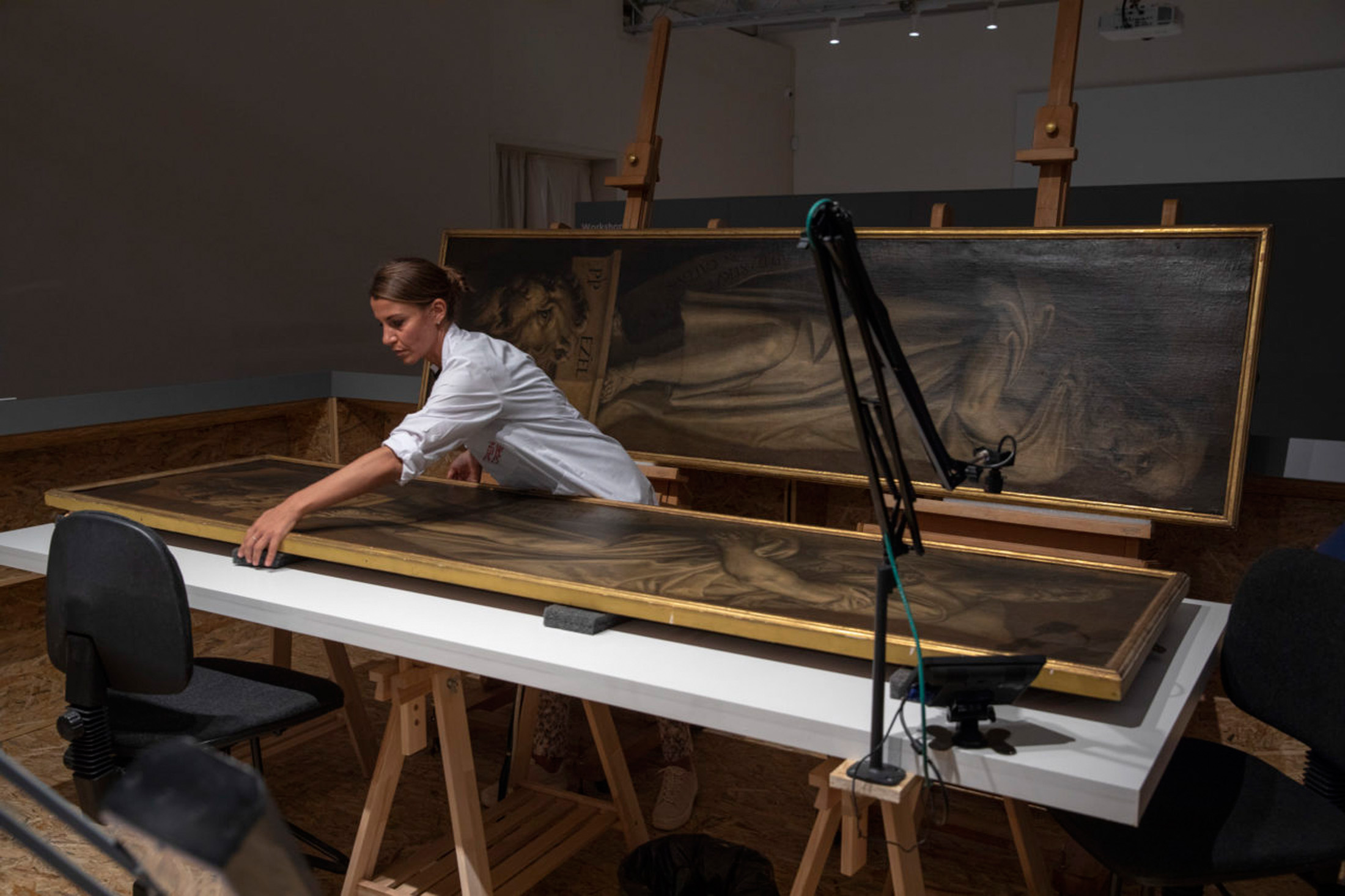
Art restoration by Milan’s Open Care.
Photo by Tomas Bertelsen. -
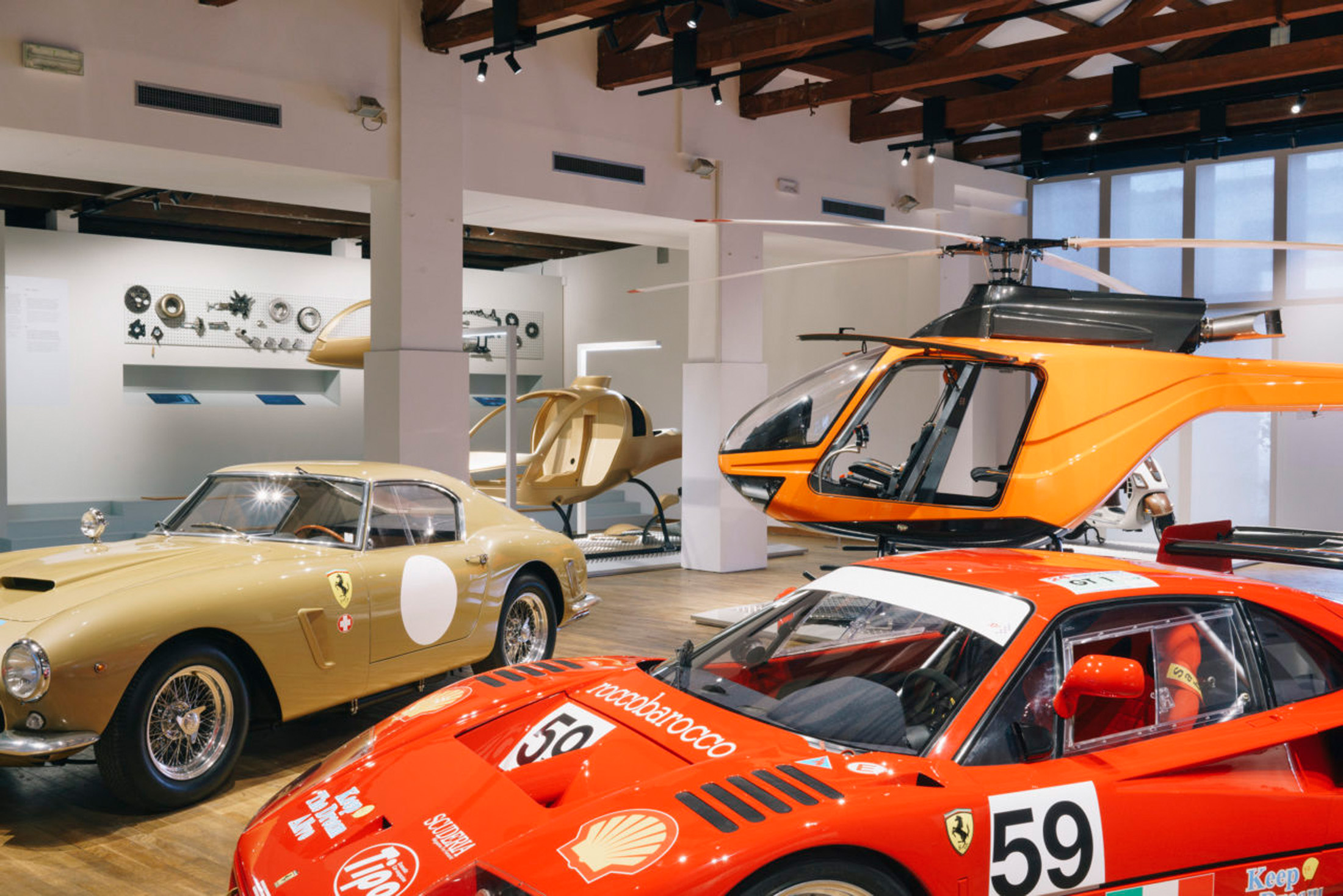
Workshop Exclusives gallery explores the role of craftsmanship in transportation.
Photo by Marco Kesseler. -
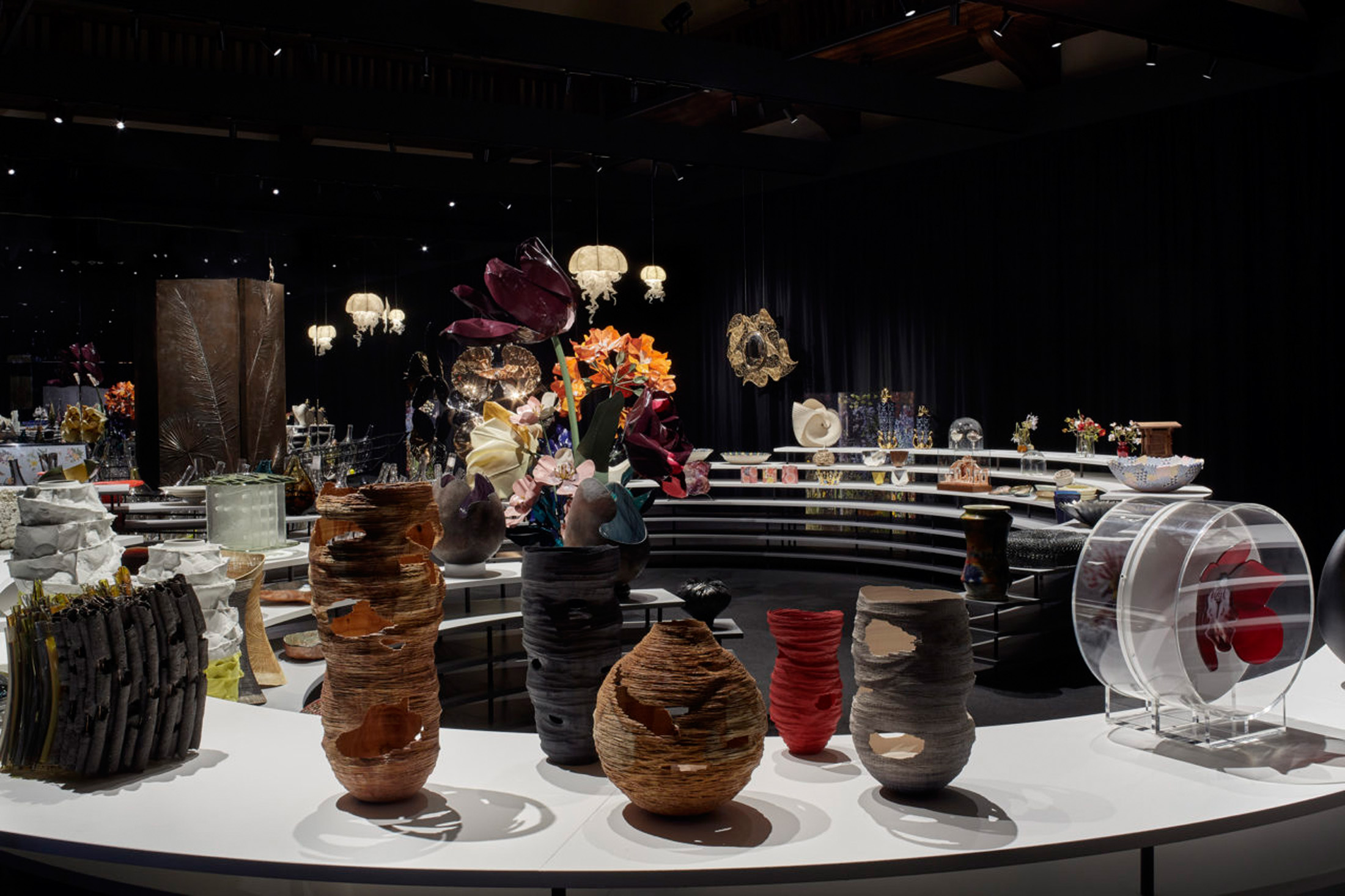
Best of Europe gallery showcases works from the continent’s most notable artisans.
Photo by Fred Merz. -
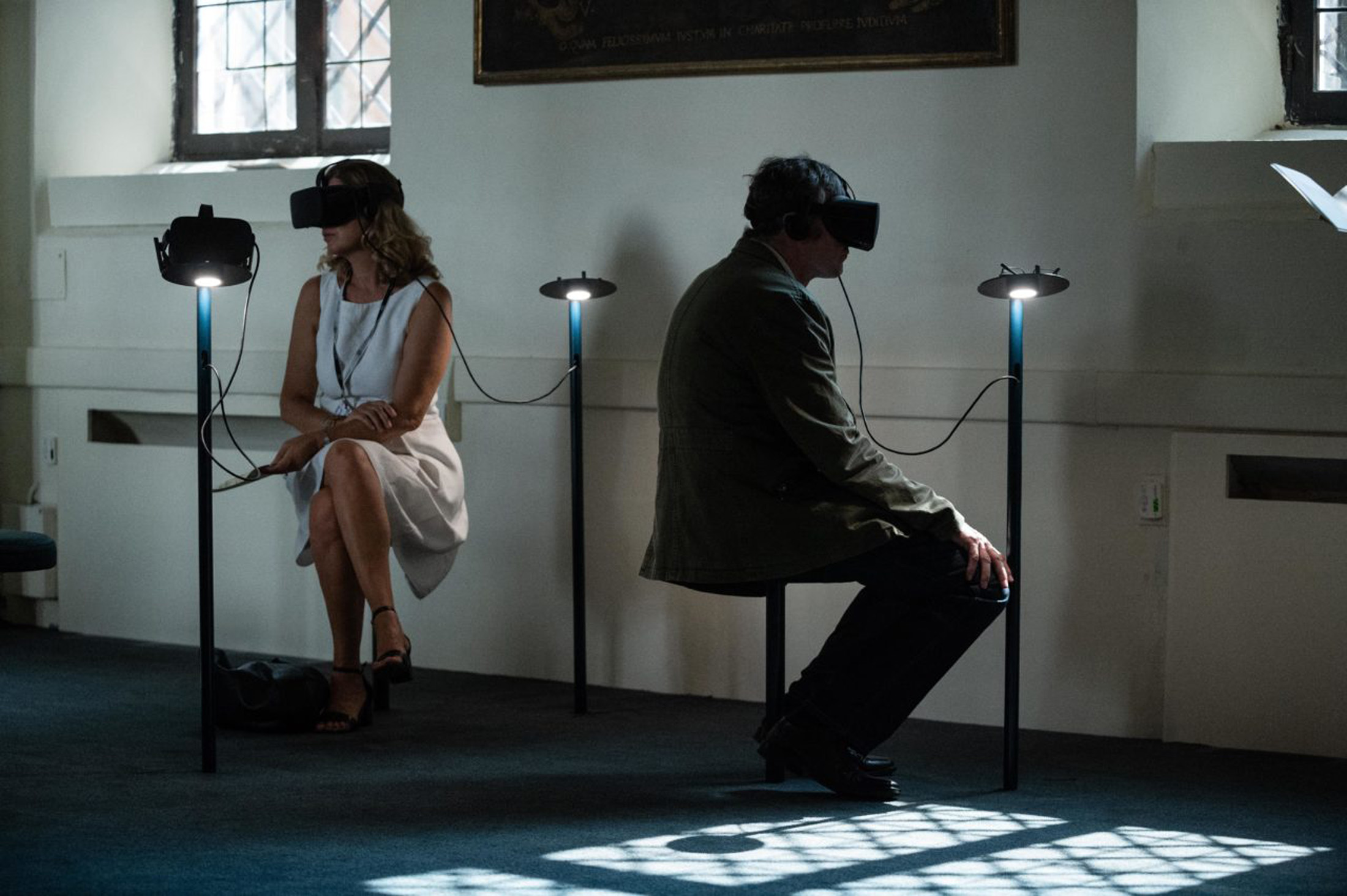
VR at the Fondation Bettencourt Schueller exhibition.
Photo by Francois Wavre. -
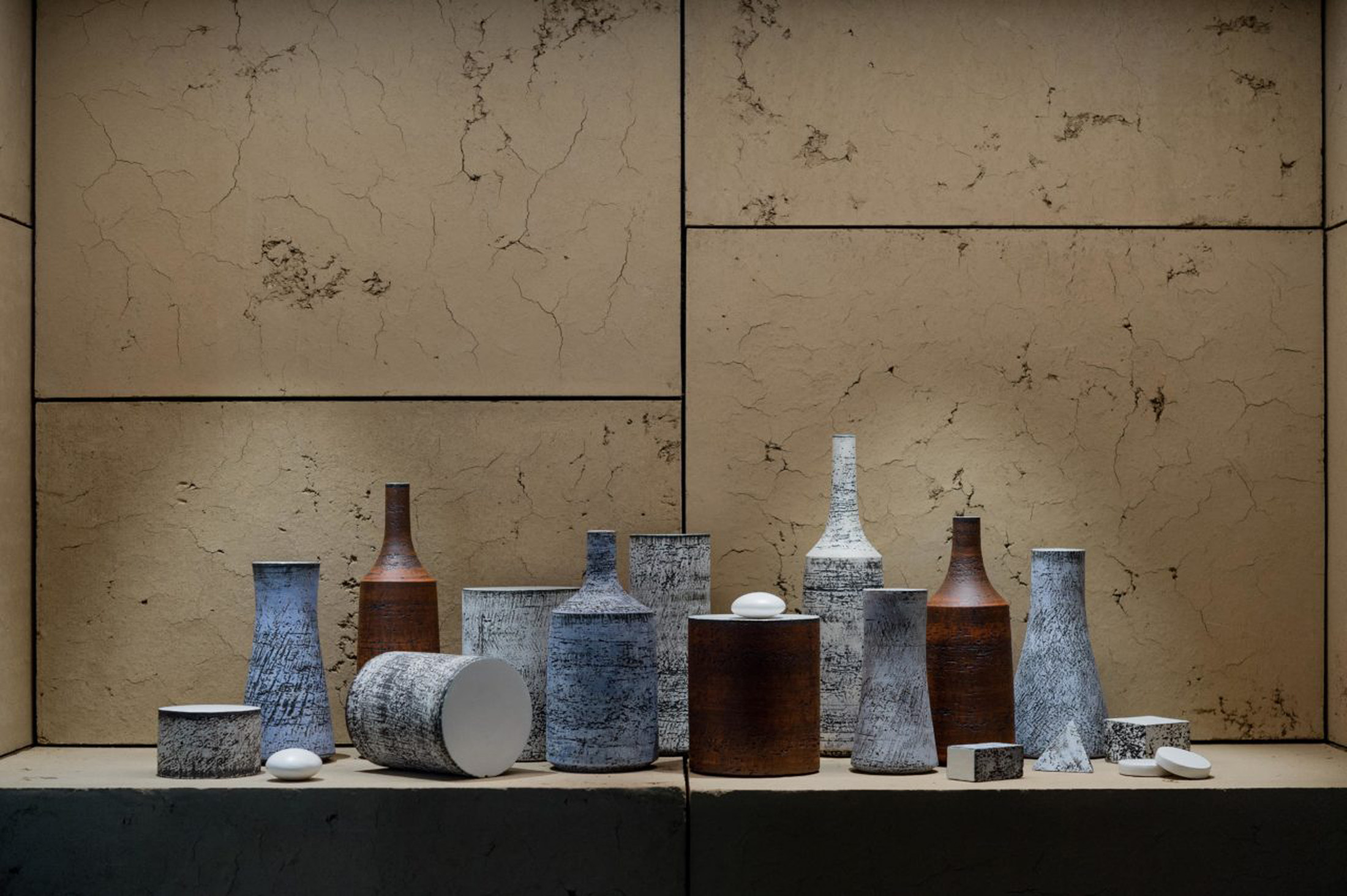
The Fondation Bettencourt Schueller exhibition: Nature morte, 2018, glazed clay by Kristin Mckirdy, ceramicist.
Photo by Francois Wavre. -
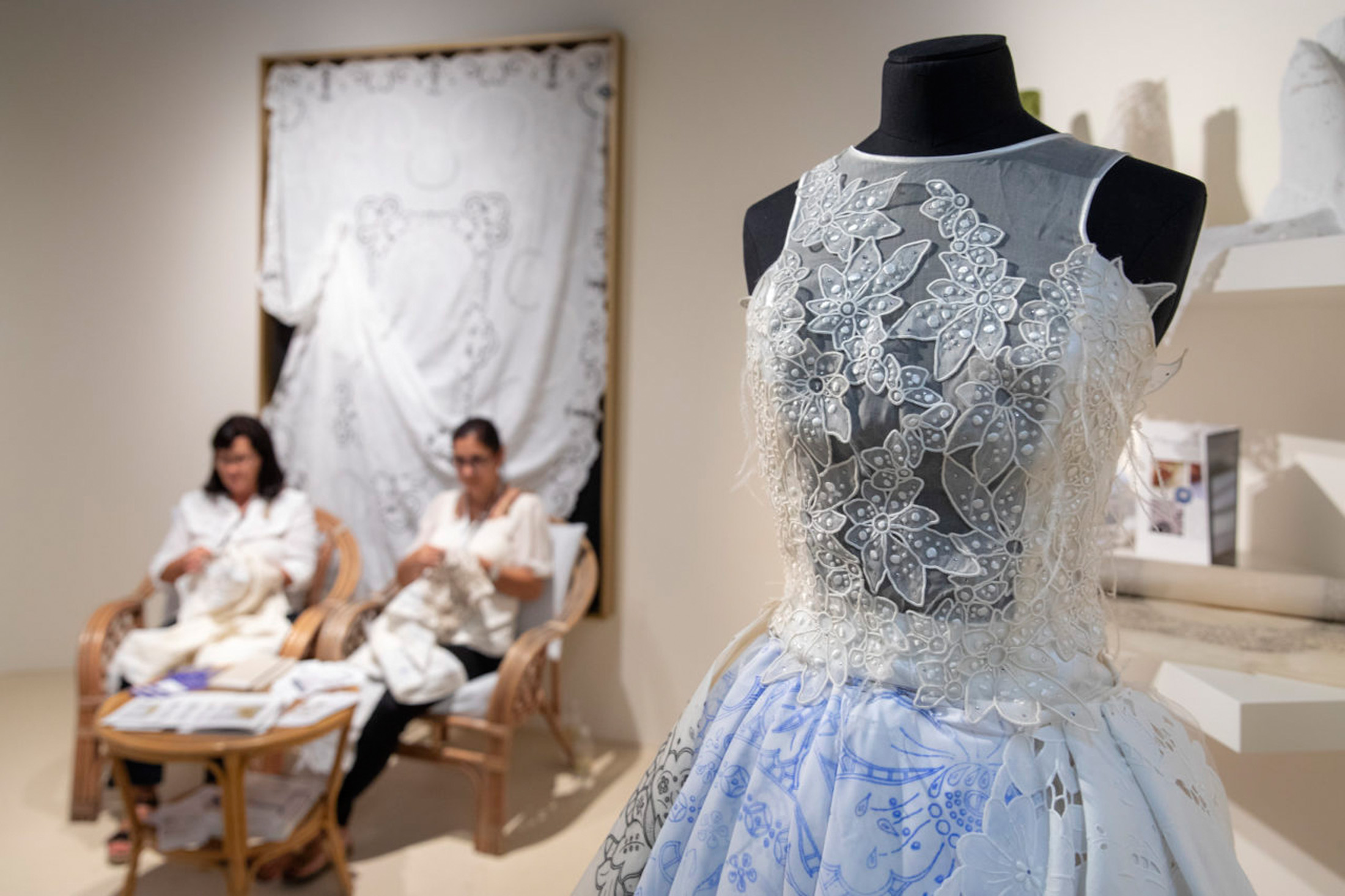
Discovery and Rediscovery exhibition. Embroiderers Maria Ana Lemos and Ana Luisa Santos.
Photo by Tomas Bertelsen. -
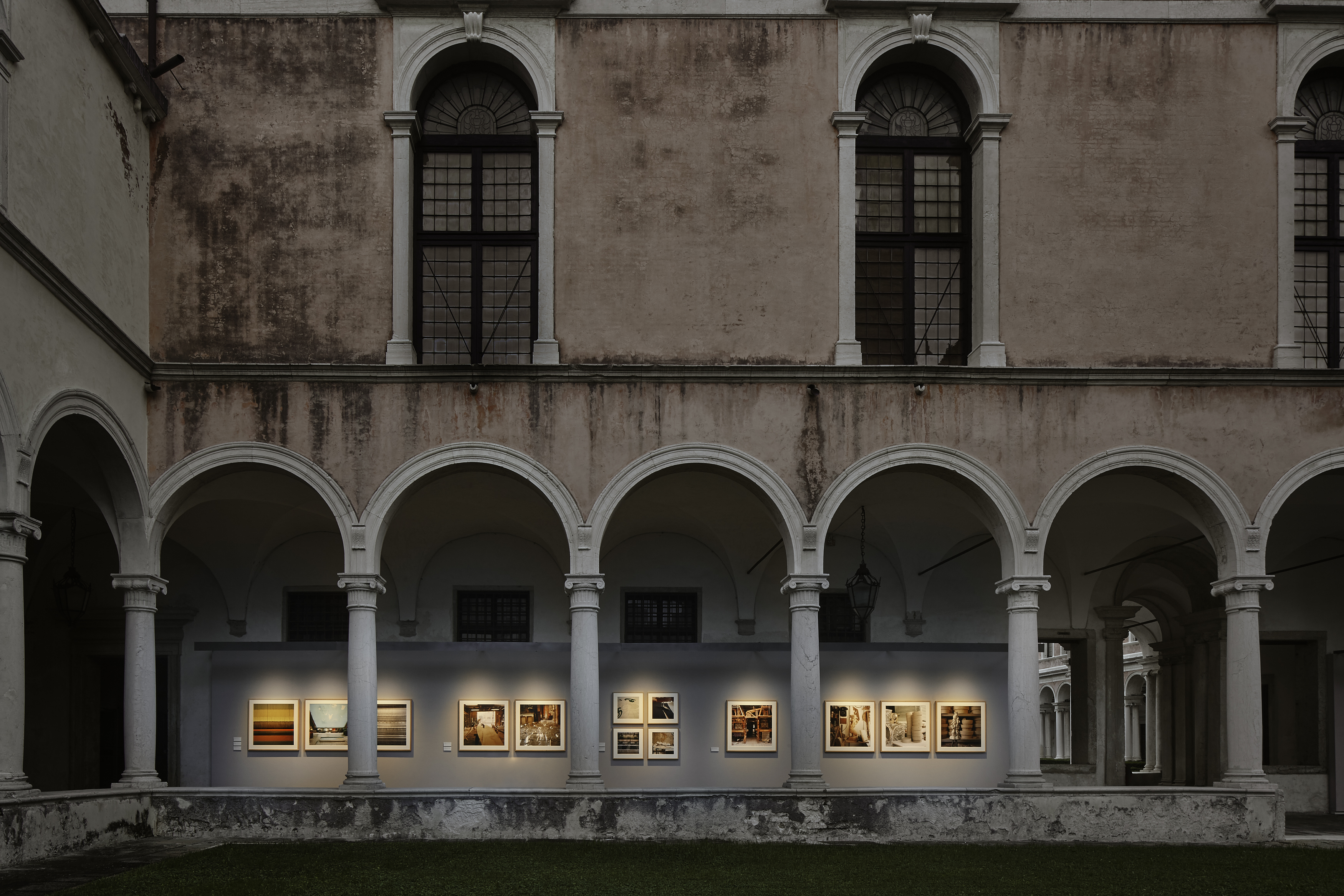
Venetian Way featuring work by photographer and artist Susanna Pozzoli.
Photo by Lola Moser.
Homo Faber Celebrates European Craftsmanship
Crafting a more human future.
It’s a September morning in Venice, and diffused sunlight fills a room where a canvas more than 2 metres long is stretched across a wooden frame. Along its length, 10 people sit on high stools, their heads bowed over the canvas in concentration as they stitch coloured beads within the lightly sketched lines of a 19th-century map of Venice. This is the contribution of Maison Lesage—the celebrated Parisian embroidery specialist—to Homo Faber, a biennial fair devoted to the finest of European craftsmanship.
The people working on the canvas are not Lesage’s highly skilled artisans, however. They are visitors to the exhibition—all of whom are welcome to take a seat and contribute to the work. Inclusive and democratic, this little scene encapsulates much that distinguishes Homo Faber from the great majority of today’s artistic and cultural events. At temporary workstations throughout the exhibition, artisans went about the tasks that define their days—from bookbinding, gemstone carving, and carpet weaving to straw marquetry, wood carving, and micromosaic making—giving visitors a more profound understanding and appreciation of those crafts than a conventional display ever could. Deeper still: hands-on involvement in some of the processes gave visitors a visceral connection to those crafts.
That understanding is fundamental to the aim of Homo Faber and its organizer, the Michelangelo Foundation for Creativity and Craftsmanship. With the aim to “foster a new cultural movement built around the values that are essential for [master craftspeople to do] their work,” the foundation was established in 2016 by Johann Rupert, chairman of the luxury goods group Richemont, and Franco Cologni, an author, historian, and former chairman of Cartier International. That the foundation could, in less than two years, stage an event as vast and complex as Homo Faber—featuring more than 900 objects made by over 400 artisans from 27 countries, representing 300 métiers, in 16 specially designed exhibition spaces—is mind-boggling. Alberto Cavalli, co-executive director of culture and craftsmanship at the Michelangelo Foundation and the general curator of Homo Faber, explains, “When the founders decided to establish the foundation, they already knew that it was important to create a moment to honour and present it. The event had been in their heads for a long time. It was just a question of how.”
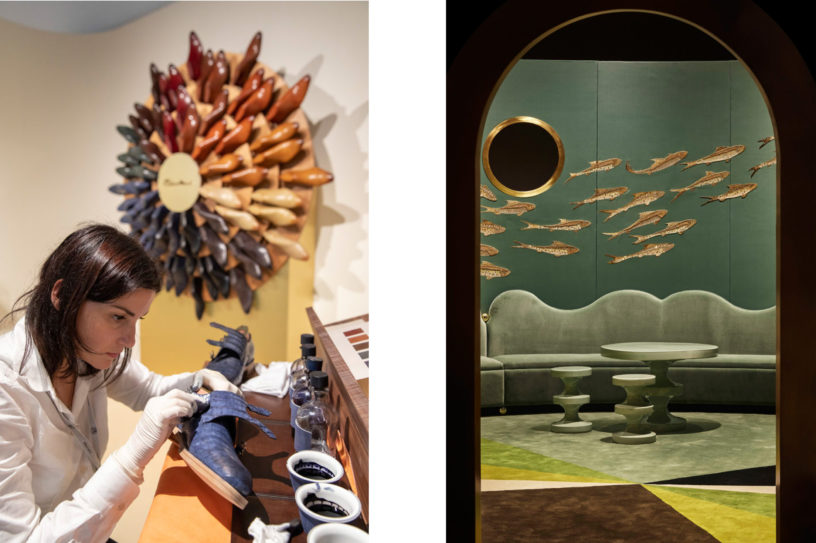
Left: Santoni shoes, photo by Tomas Bertelsen. Right: India Mahdavi’s Imaginary Architecture, photo by Alessandra Chemollo.
Rupert and Cologni were adamant that it would be in Venice—a centre of cultural exchange for centuries and itself a work of exceptional artistry. Adds Cavalli, “But beyond that, everything else had to be invented: the name [which translates as “man the maker”—an idea central to the Renaissance], the style of event…” Not to mention they had to engage world-class curators (Michele De Lucchi, India Mahdavi, Judith Clark, Stefano Boeri, and Jean Blanchaert among them) and seek out the finest practitioners of métiers both familiar (goldsmithing, wood turning, crystal engraving, silk weaving) and esoteric (makers of Swedish ceramic stoves, Greek donkey saddles, Norwegian hand-twisted rope).
They were determined that Homo Faber, in keeping with the ethos of the Michelangelo Foundation, would be non-commercial. “It is not intended as a marketing or advertising channel—for the brands of Richemont Group or for any brand,” stresses the Michelangelo Foundation’s co-executive director, Fabienne Lupo. None of the exhibited objects were for sale and there was no entry fee. Each of the exhibition spaces, spread through the galleries, pavilions, and gardens of the Fondazione Giorgio Cini, was different in mood, subject, and style—yet all worked together as a coherent whole, consistent with the message that the importance of craft goes beyond the creation of beautiful objects; it touches the question of what it is to be human. For those who paused to think, it was a powerful message.
The role of design in stimulating traditional crafts, the blending of artisanal skills with taste and culture; the cross-fertilization of knowledge from one métier to another, the transmission of skills across generations—the way that Homo Faber expressed these themes is what made it so compelling. Not only to a public audience, but also to its participants; it was an extraordinary grouping of talent that enabled everyone to learn from each other.
To paraphrase Homo Faber’s tag line—craft is the key to a more human future.
_______
Never miss a story. Sign up for NUVO’s weekly newsletter, here.







